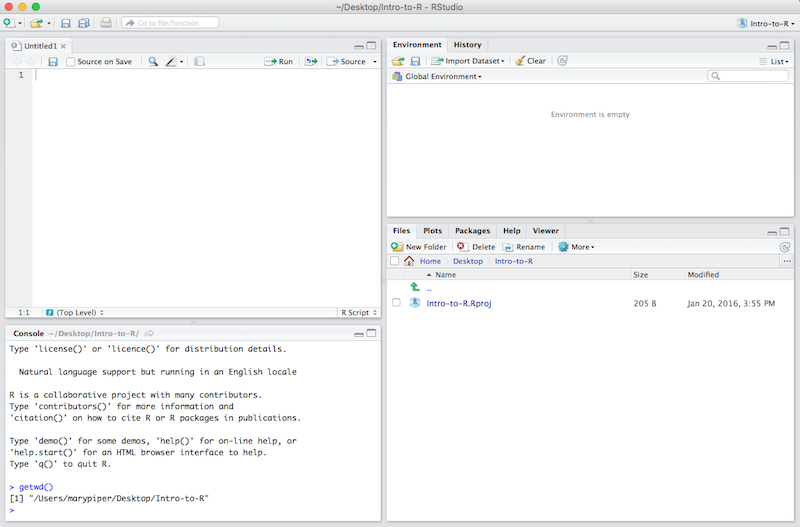

- #How to clear environment in r how to#
- #How to clear environment in r code#
- #How to clear environment in r free#
If we adjust our previous plot to remove the 40 bytes of overhead, we can see that those values correspond to the jumps in memory use. For efficiency and simplicity, it only allocates vectors that are 8, 16, 32, 48, 64, or 128 bytes long. This block is called the small vector pool and is used for vectors less than 128 bytes long. Instead, R asks for a big block of memory and then manages that block itself.

Having to request memory every time a small vector is created would slow R down considerably. Requesting memory (with malloc()) is a relatively expensive operation. But why does the memory size grow irregularly? To understand why, you need to know a little bit about how R requests memory from the operating system. This explains the intercept on the graph. (If you’re interested, you can read more about it in C structure packing.) Most cpu architectures require pointers to be aligned in this way, and even if they don’t require it, accessing non-aligned pointers tends to be rather slow. The remaining 4 bytes are used for padding so that each component starts on an 8 byte (= 64-bit) boundary.

If you’re keeping count you’ll notice that this only adds up to 36 bytes. Numeric vectors occupy 8 bytes for every element, integer vectors 4, and complex vectors 16.

In that case, the true length represents the allocated space, and the length represents the space currently used. This is basically never used, except when the object is the hash table used for an environment. The “true” length of the vector (4 bytes). Read R-internals to see how support for long vectors was added without having to change the size of this field. But in R 3.0.0 and later, you can actually have vectors up to 2 52 elements. By using only 4 bytes, you might expect that R could only support vectors up to 2 4 × 8 − 1 ( 2 31, about two billion) elements.
#How to clear environment in r code#
This doubly-linked list makes it easy for internal R code to loop through every object in memory.Īll vectors have three additional components: Two pointers: one to the next object in memory and one to the previous object (2 * 8 bytes). These metadata store the base type (e.g. integer) and information used for debugging and memory management. Those 40 bytes are used to store four components possessed by every object in R: If you don’t already have them, run this code to get the packages you need: In this chapter, we’ll use tools from the pryr and lineprof packages to understand memory usage, and a sample dataset from ggplot2. Understanding when objects are copied is very important for writing efficient R code. Modification in place introduces you to the address() and refs() functions so that you can understand when R modifies in place and when R modifies a copy.
#How to clear environment in r how to#
Memory profiling with lineprof shows you how to use the lineprof package to understand how memory is allocated and released in larger code blocks. Memory usage and garbage collection introduces you to the mem_used() and mem_change() functions that will help you understand how R allocates and frees memory. Object size shows you how to use object_size() to see how much memory an object occupies, and uses that as a launching point to improve your understanding of how R objects are stored in memory.
#How to clear environment in r free#
Along the way, you’ll learn about some common myths, such as that you need to call gc() to free up memory, or that for loops are always slow. The goal of this chapter is to help you understand the basics of memory management in R, moving from individual objects to functions to larger blocks of code. It can even help you write faster code because accidental copies are a major cause of slow code. You’re reading the first edition of Advanced R for the latest on this topic, see the Names and values chapter in the second edition.Ī solid understanding of R’s memory management will help you predict how much memory you’ll need for a given task and help you to make the most of the memory you have.


 0 kommentar(er)
0 kommentar(er)
